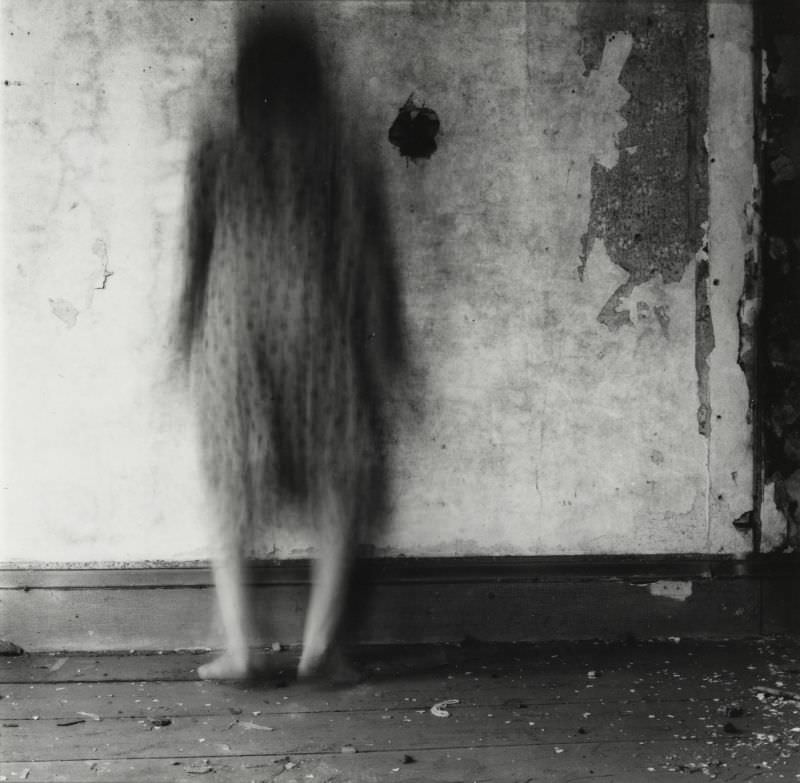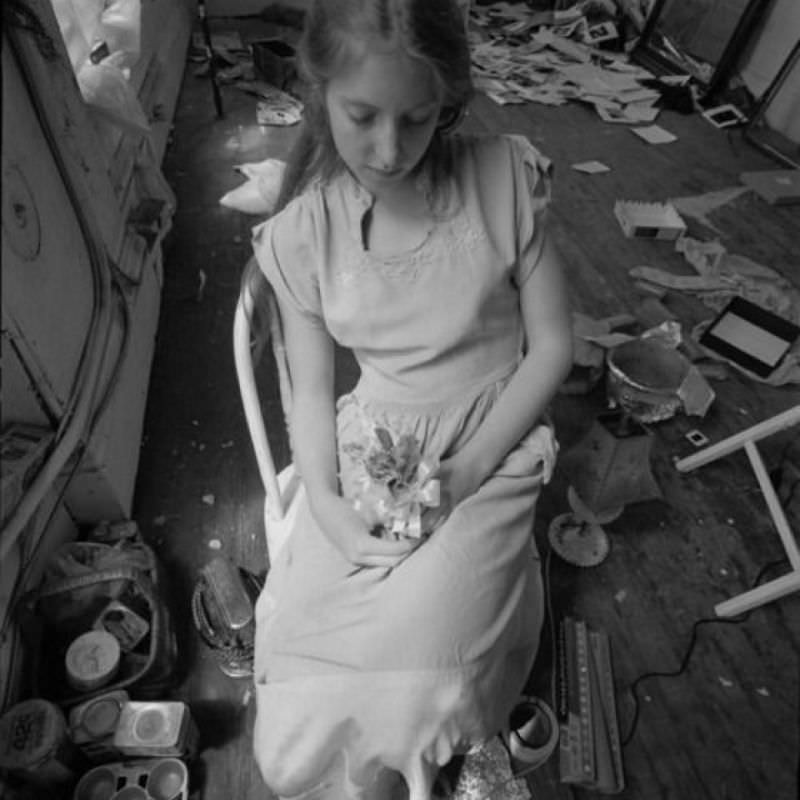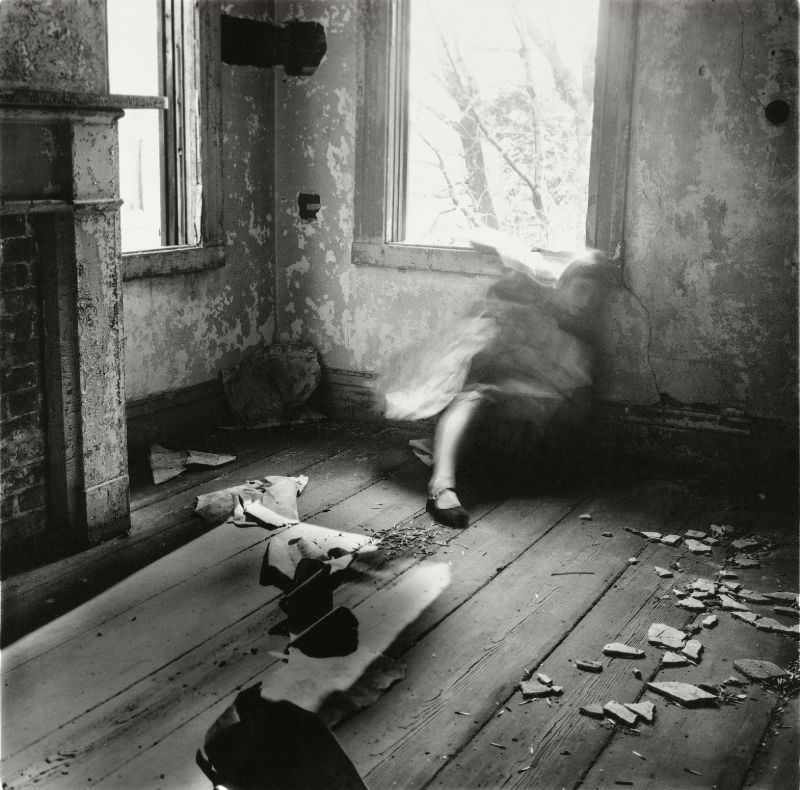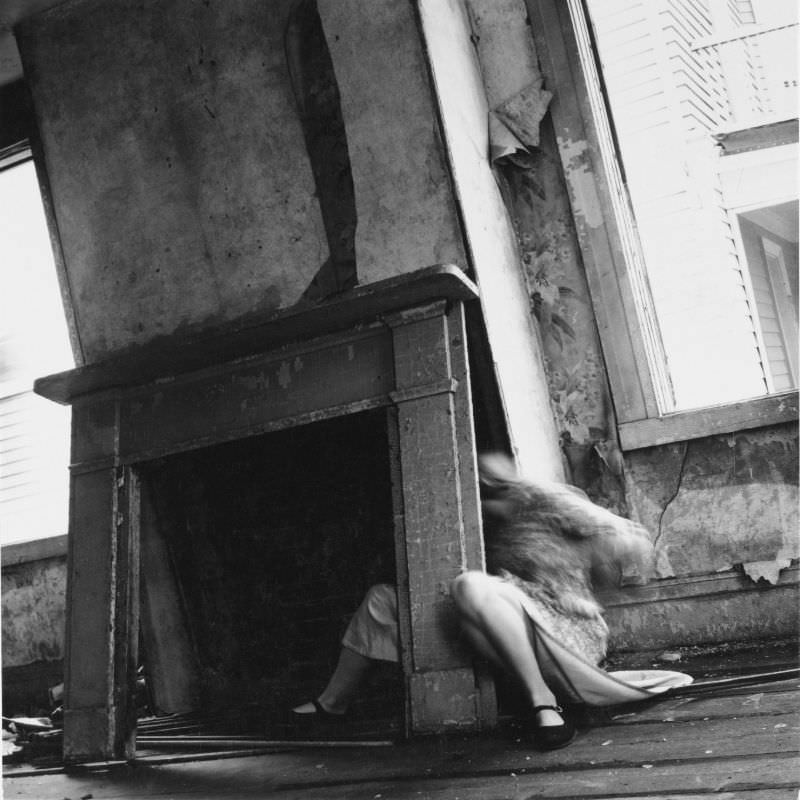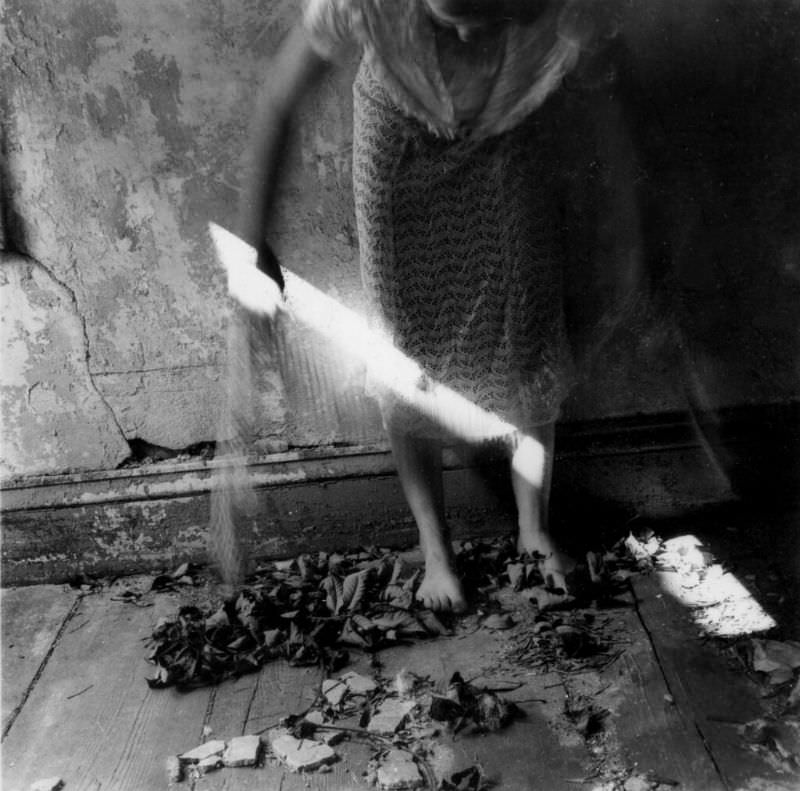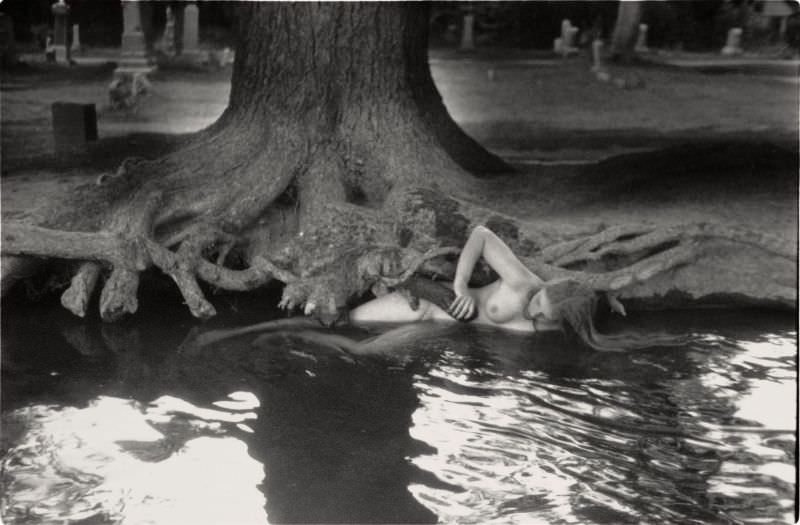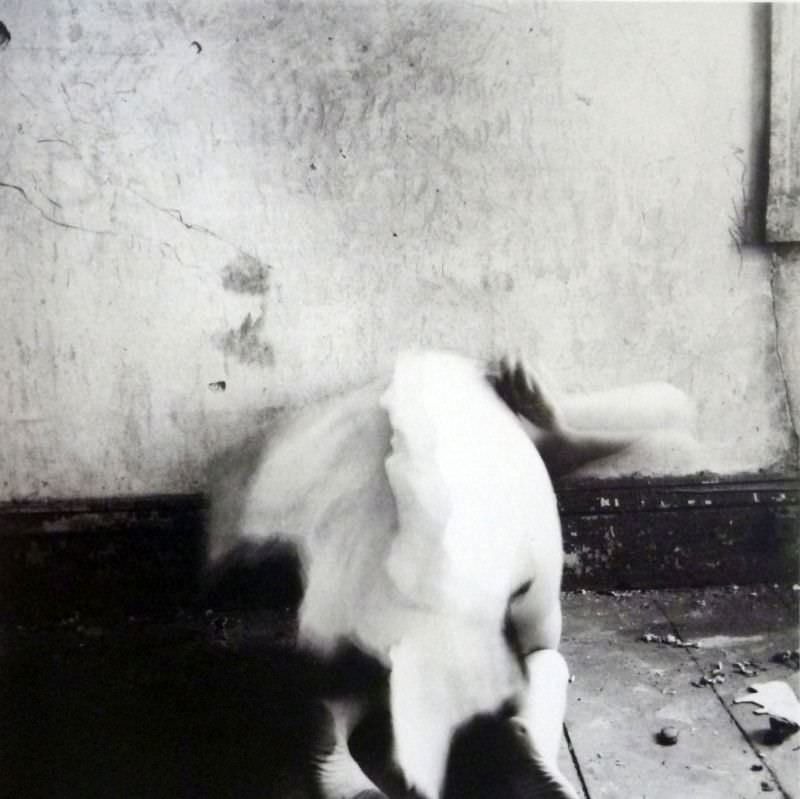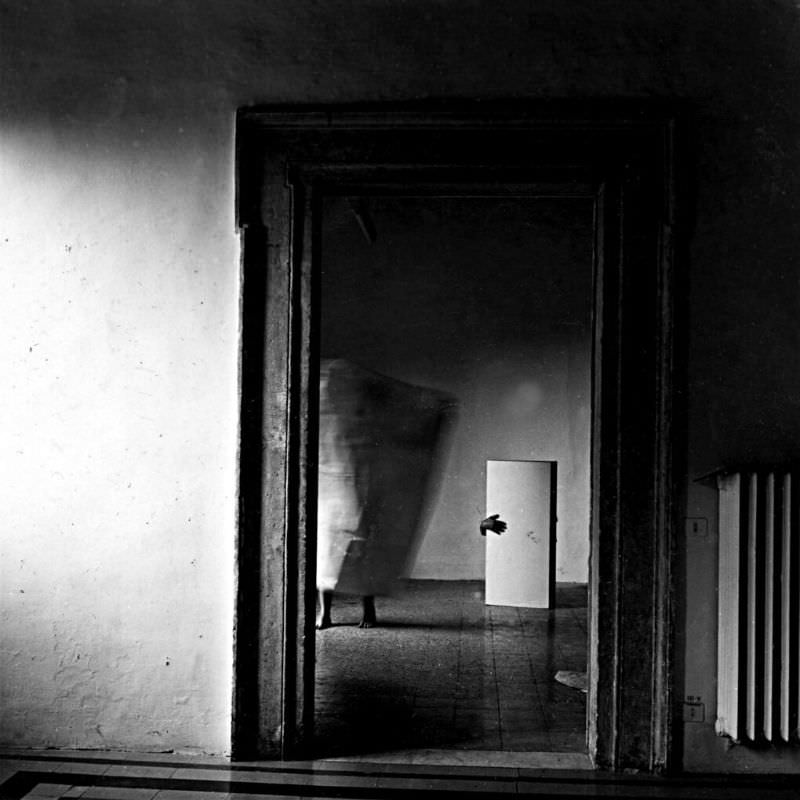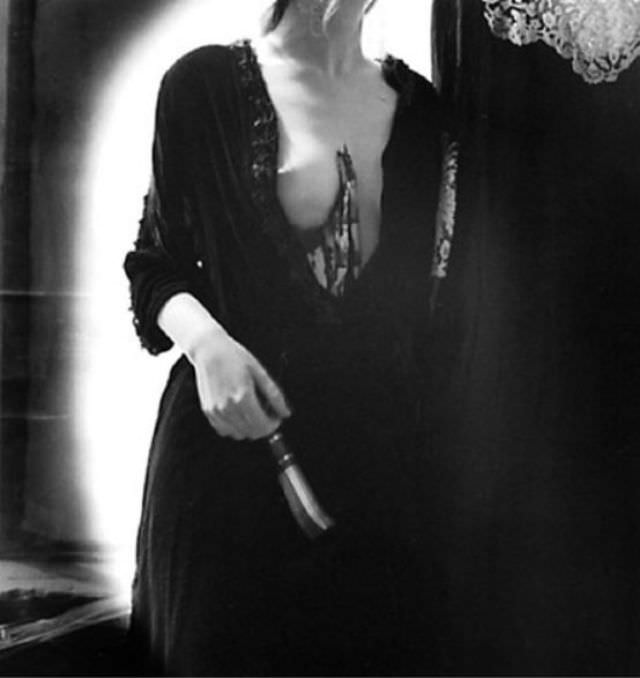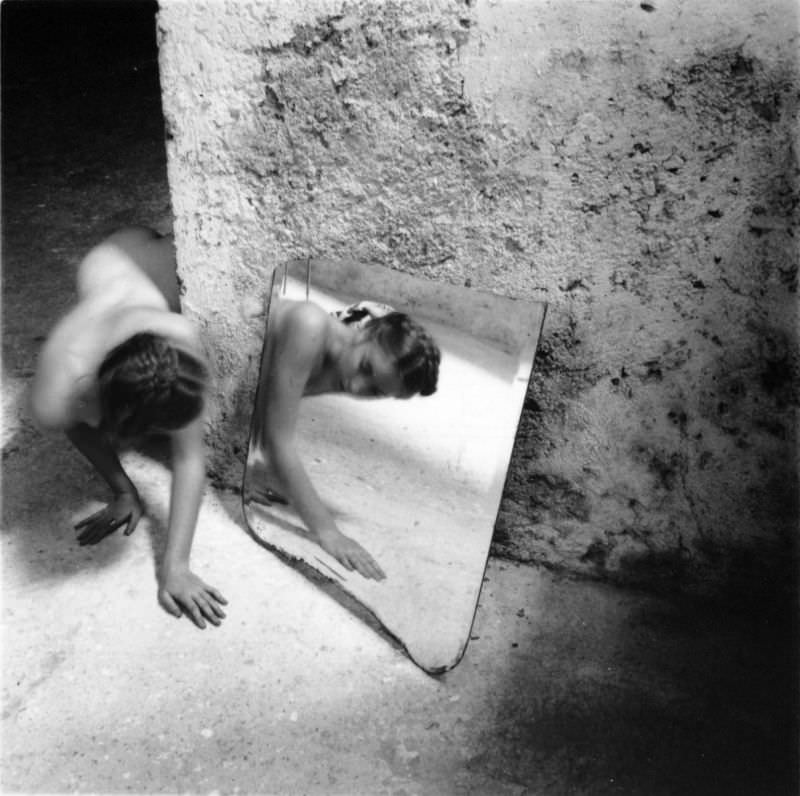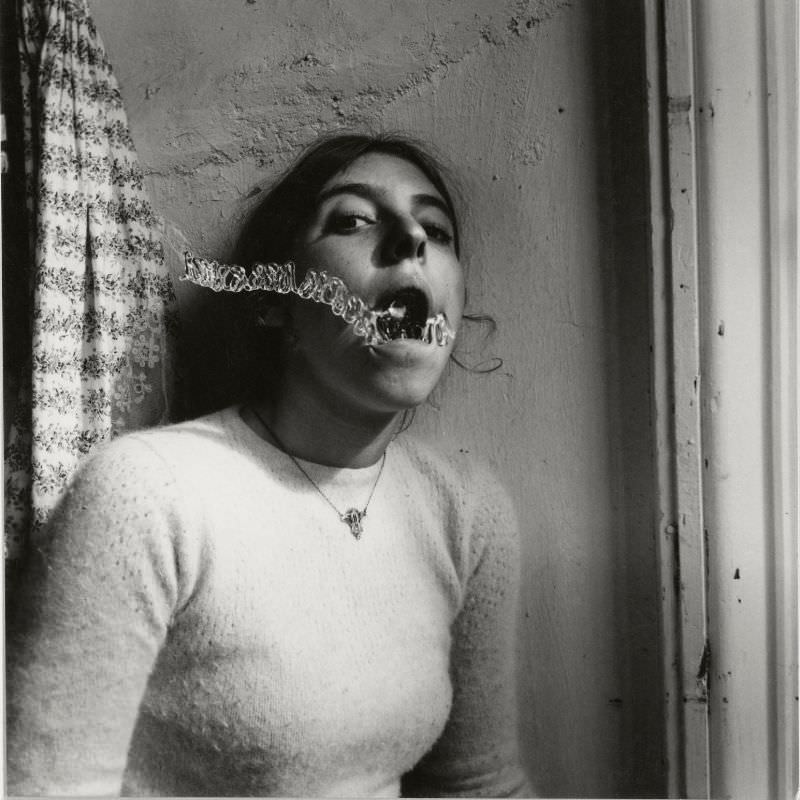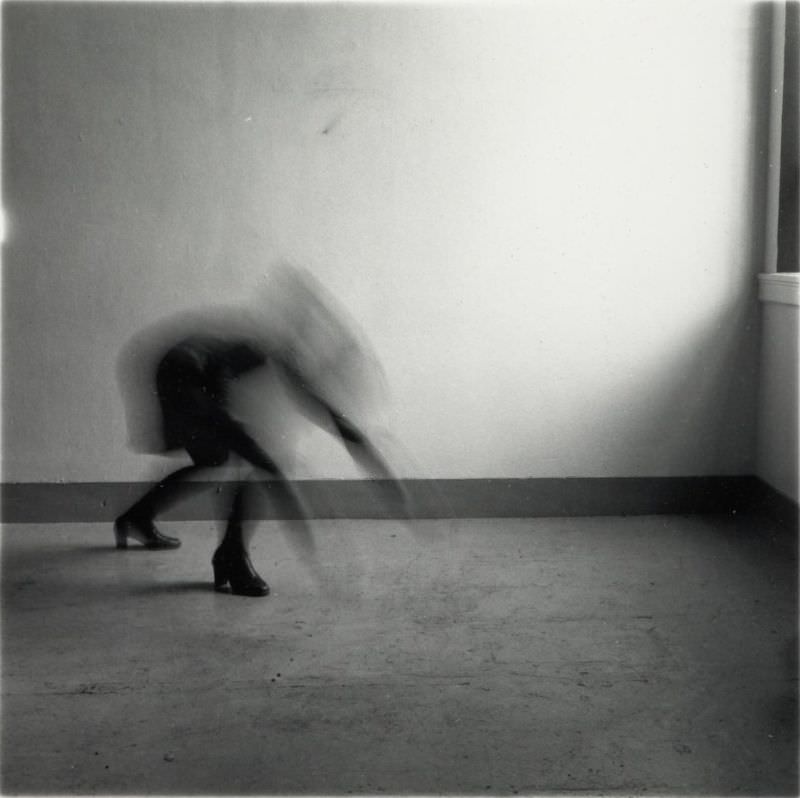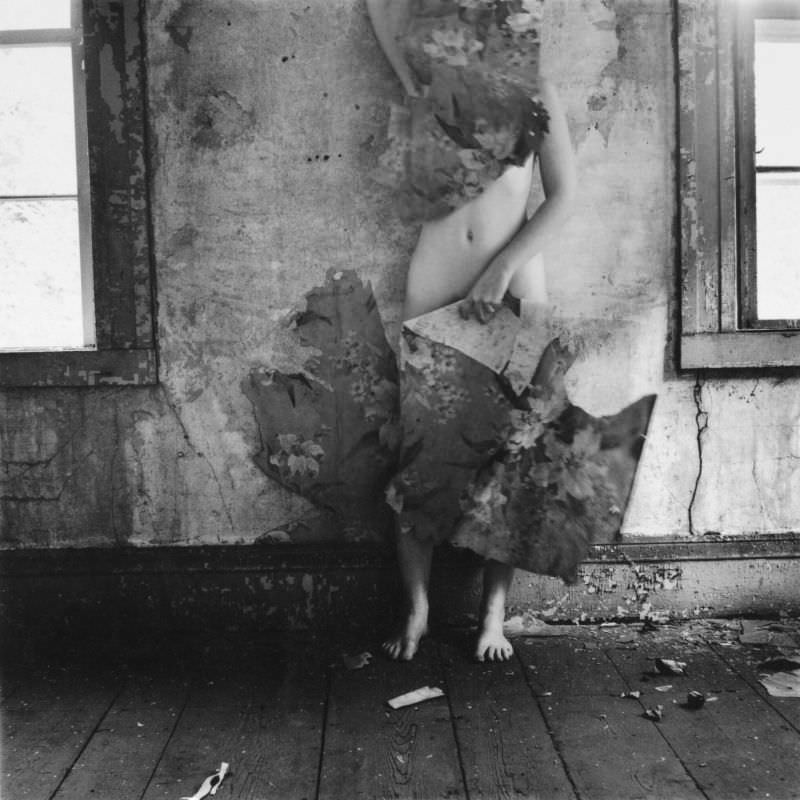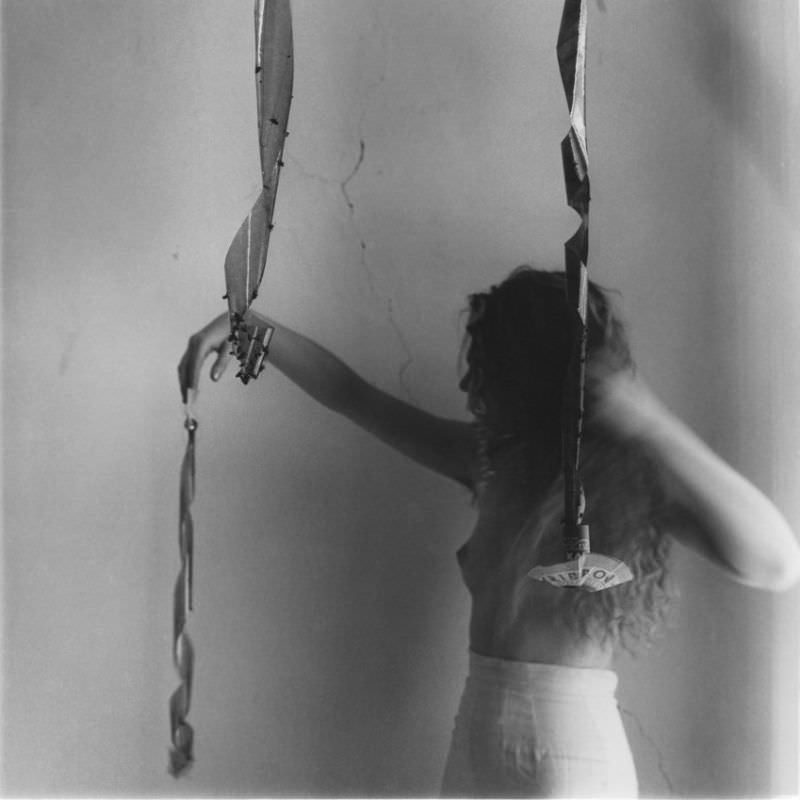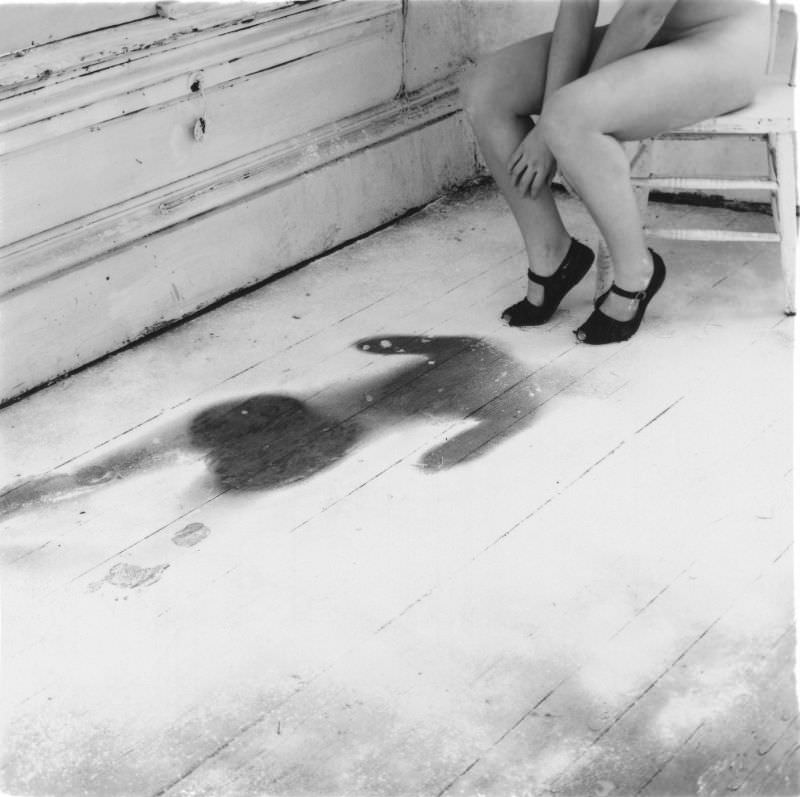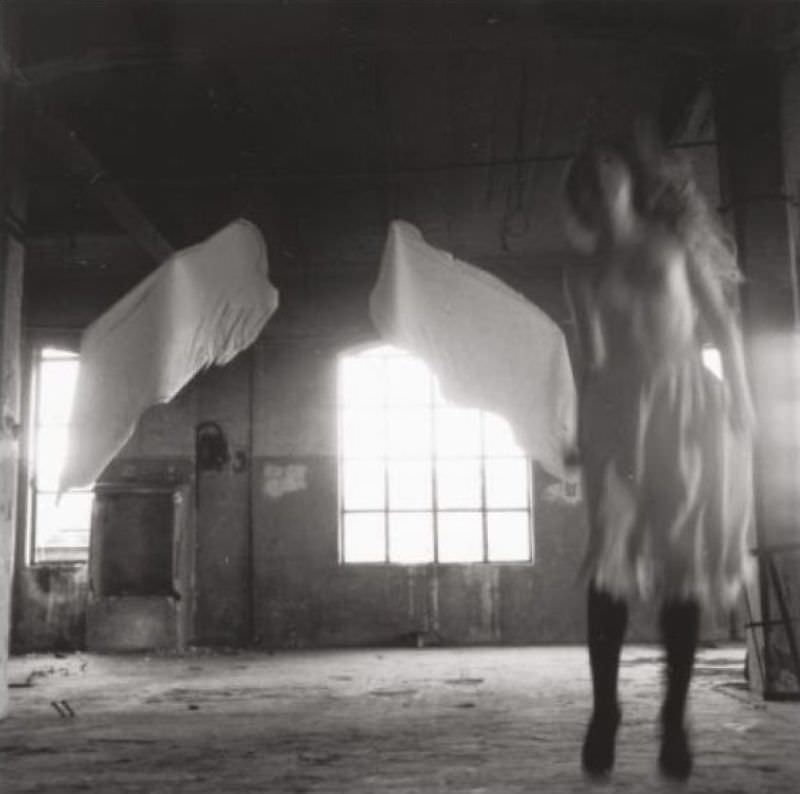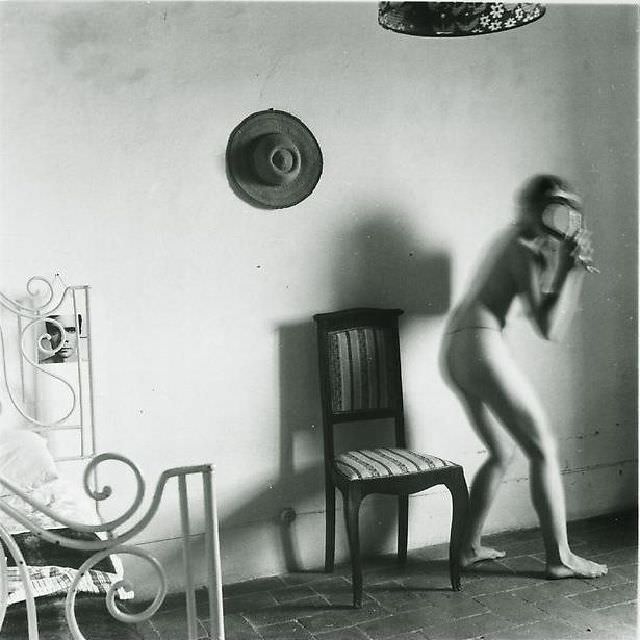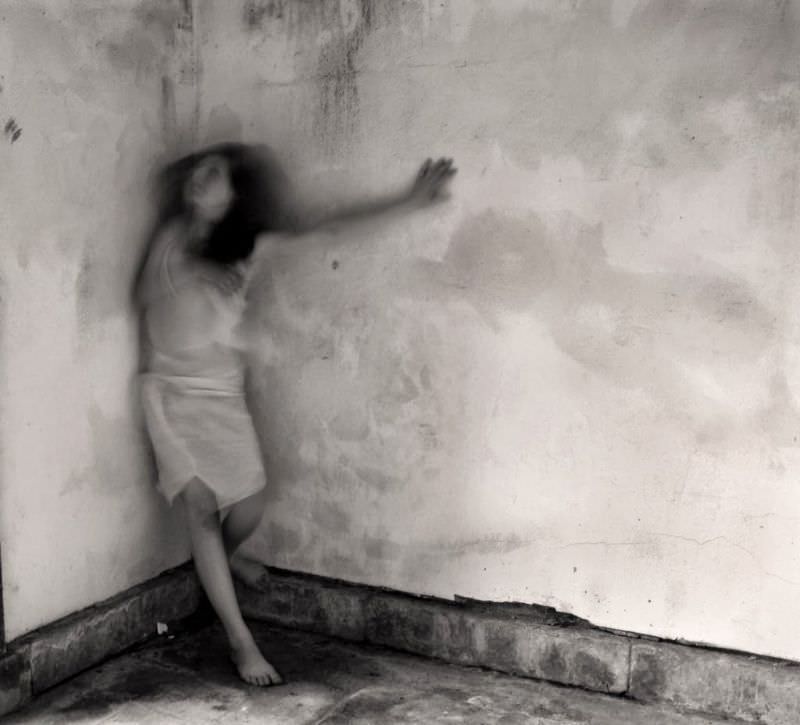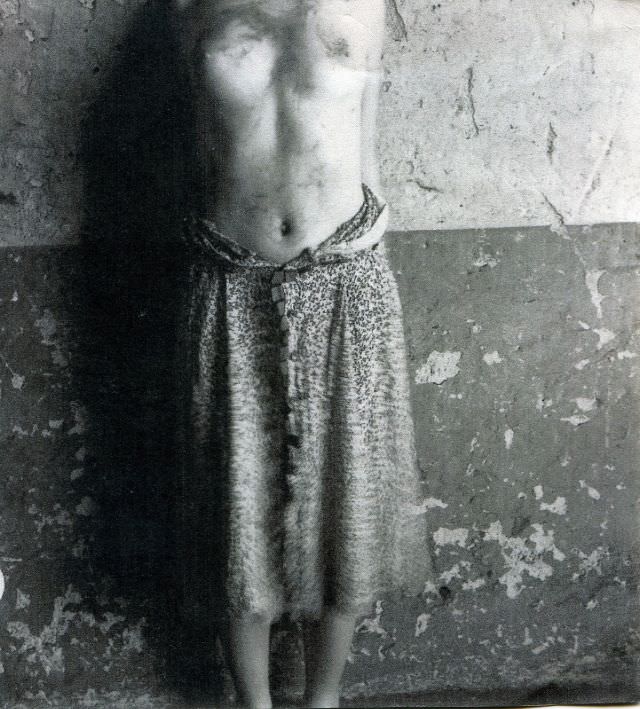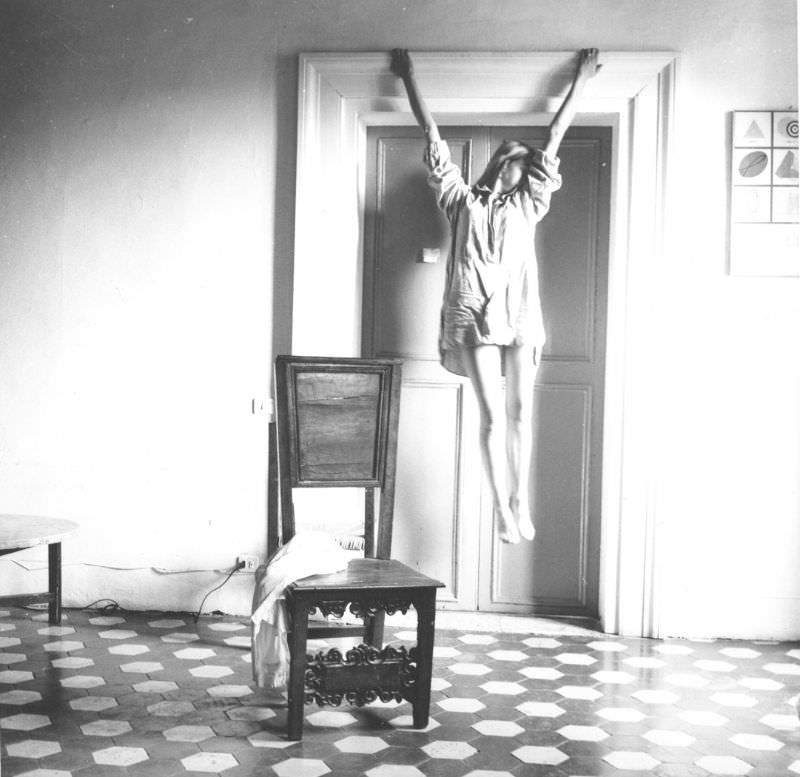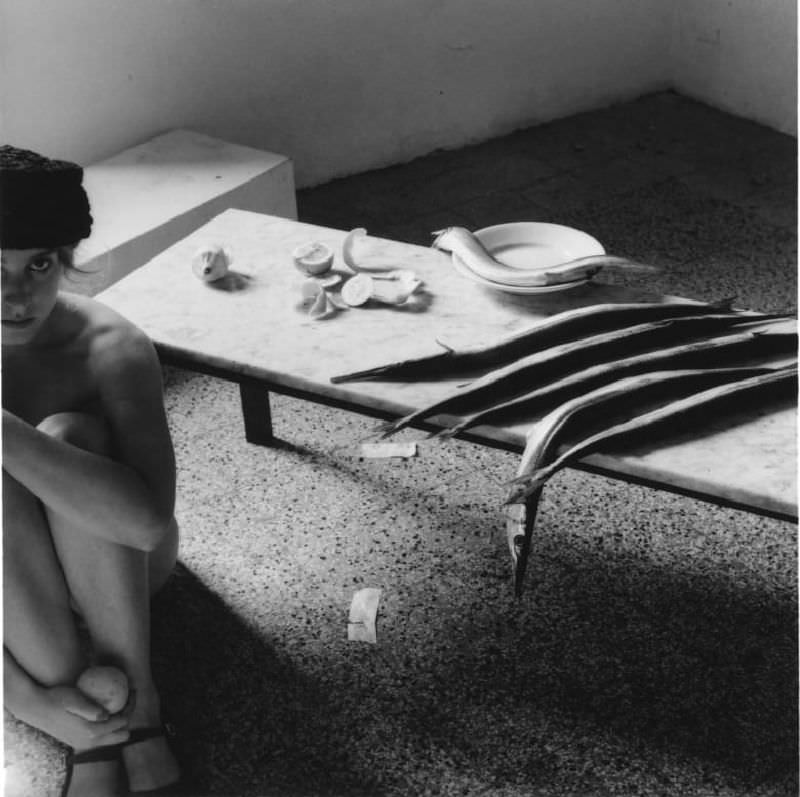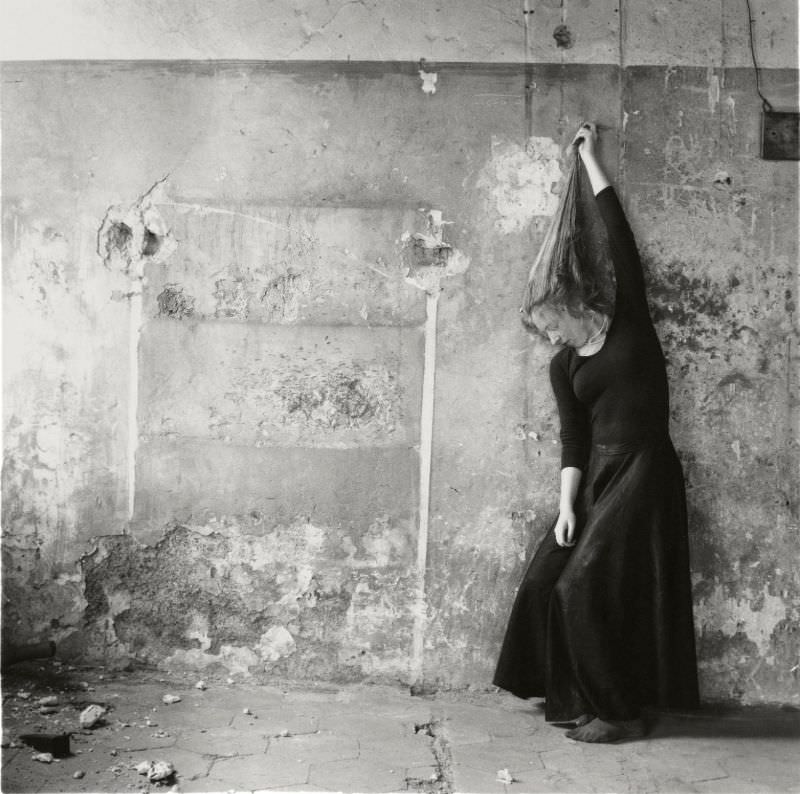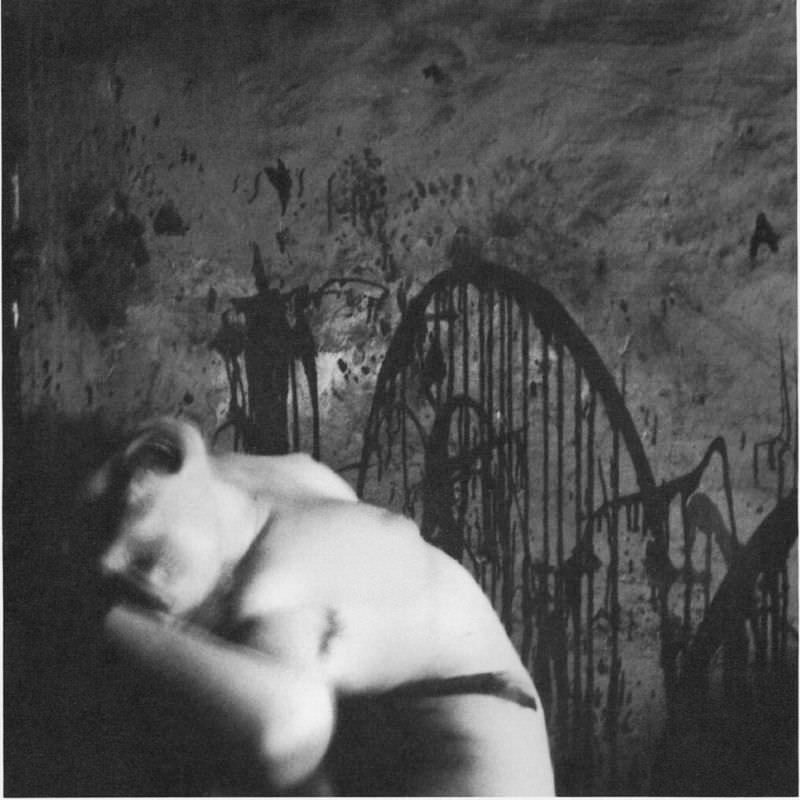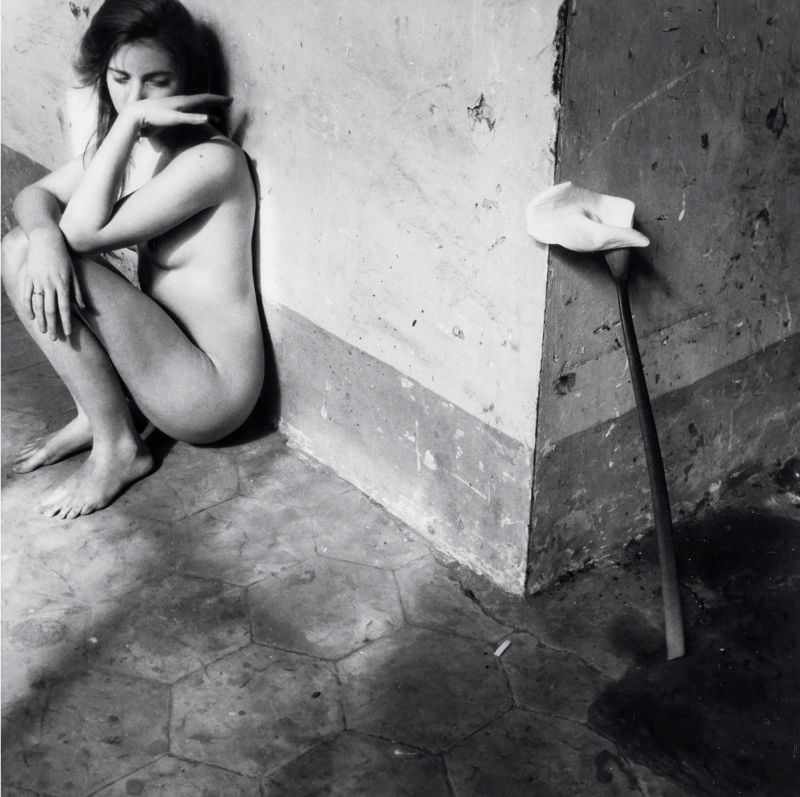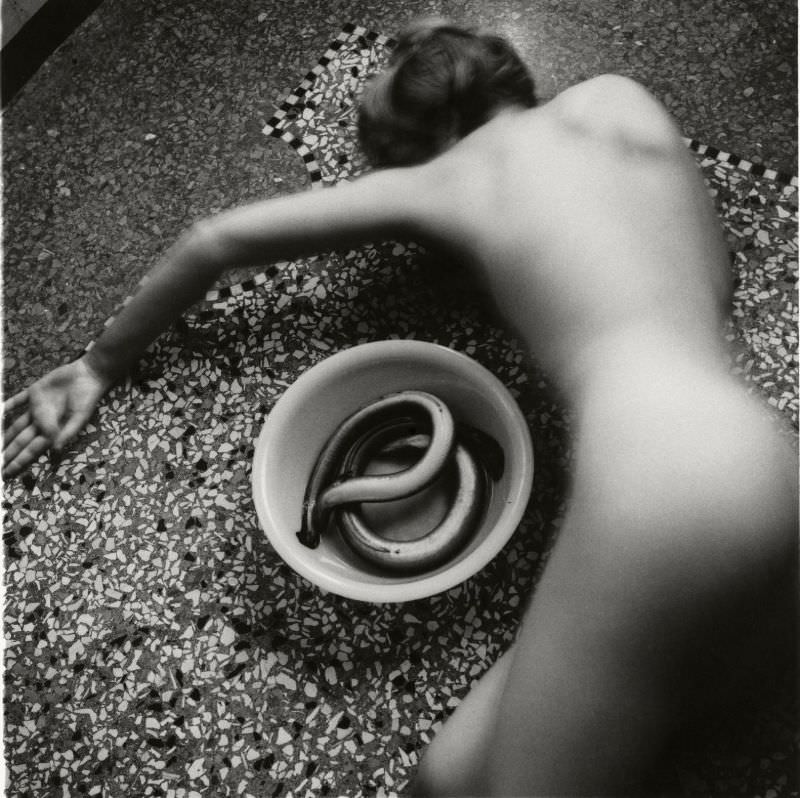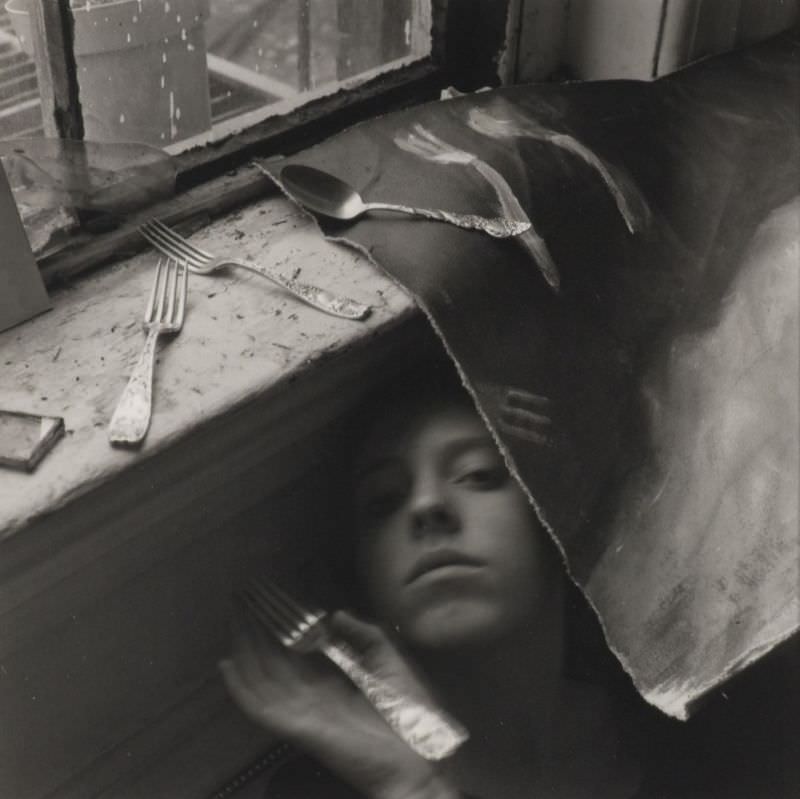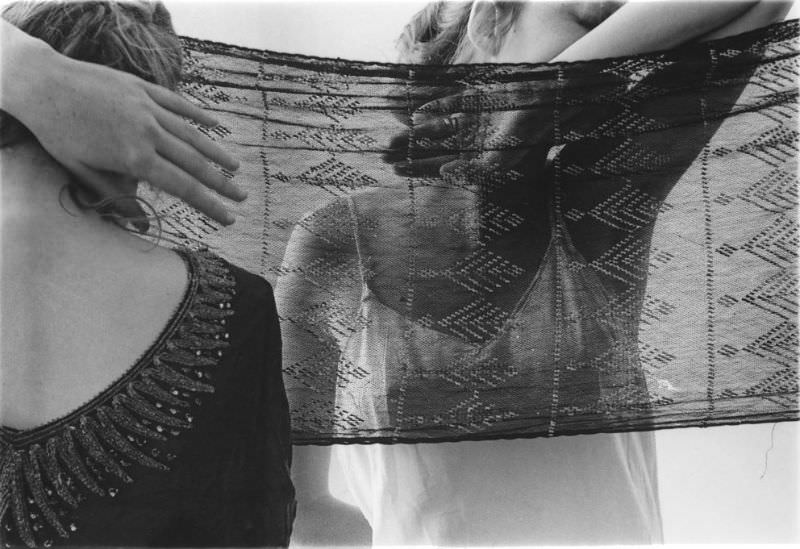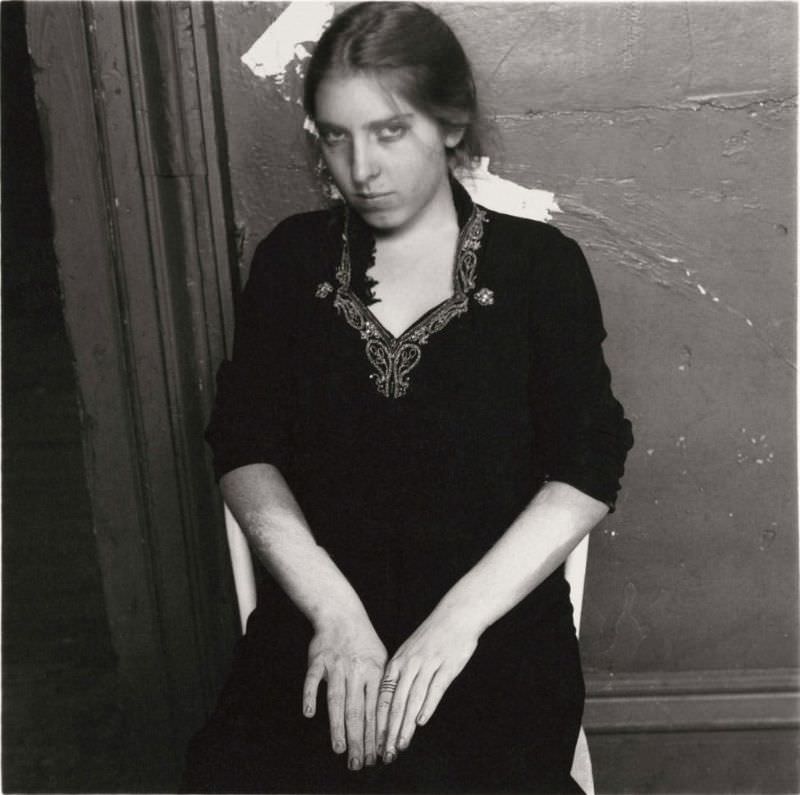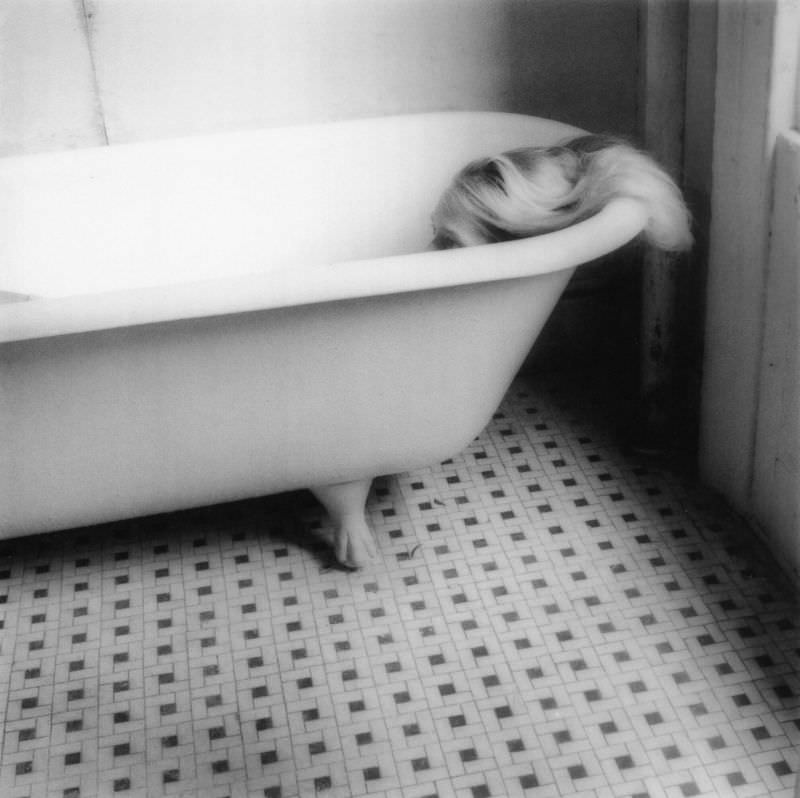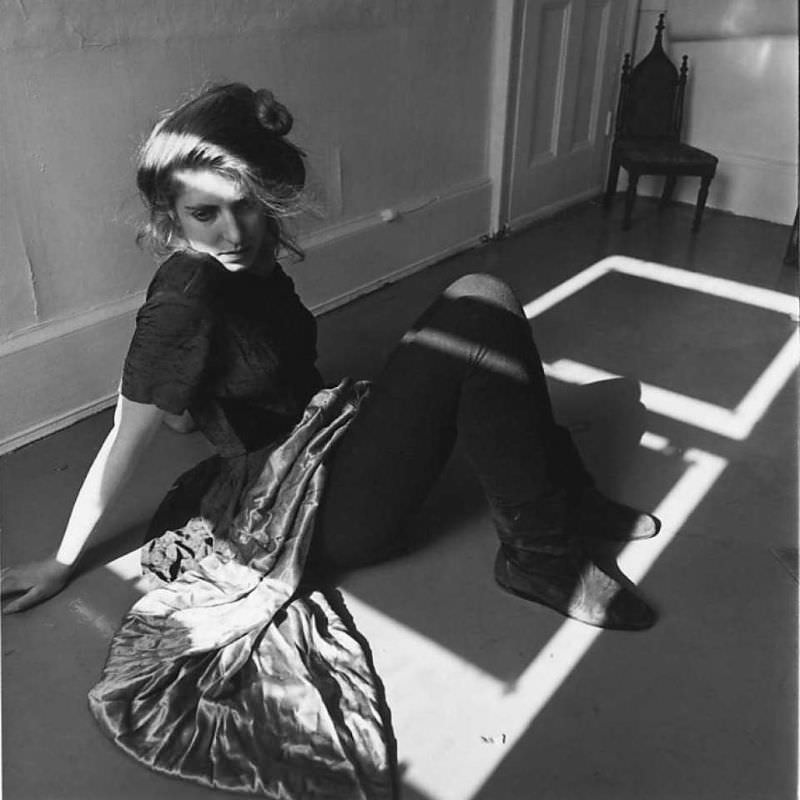Photographer Francesca Woodman was best known for taking pictures of herself. However, her pictures are not traditional self-portraits. Usually, she is partially hidden or obscured – sometimes by furniture, sometimes by slow exposures that turn her into a ghostly presence in photographs. While beautiful and unsettling, these images suggest a sense of timelessness as well.
The artist photographed herself beginning at the age of thirteen, and until her death, she maintained a self-portrait collection. The family spent many summers between the school years in Italy, where she attended second grade and public school in Boulder, Colorado, between 1963 and 1971. In 1972, she started high school at Abbot Academy in Massachusetts. During this time, she developed her photographic skills and developed an interest in the art form. Woodman graduated from Boulder High School in 1975 after Abbott Academy merged with Phillips Academy in 1973. During the summers of 1975, she spent time with her family in the Tuscan countryside, where they lived on an old farm, and many of her photographs were taken there. Her art was greatly influenced by European culture and art. The themes and style of her work are influenced by surrealist art, particularly Man Ray and Claude Cahun. The Rhode Island School of Design allowed her to develop her ideas and skills.
Most of Woodman’s photos were taken with medium format cameras that produced negatives 2-1/4 by 2-1/4 inches (6×6 cm). Woodman created at least 10,000 negatives, which her parents now own. As of 2006, only about 120 of the prints in Woodman’s estate had been exhibited or published. Her parents manage the estate, which contains over 800 images. Throughout her career, She explored and tested what she could do with photography. She challenged the notion that the camera fixes time and space as one of the fundamentals of photography. She created a mysterious gothic atmosphere by manipulating light, movement, and photographic effects using carefully selected props, vintage clothing, and decaying interiors. As a pioneer in using photography to explore themes of identity, she paved the way for later American artists like Cindy Sherman and Nan Goldin.
Woodman committed suicide by jumping out of a loft window of a building on the East Side of New York City on January 19, 1981, aged twenty-two. The acquaintance wrote, “things had been bad, there had been therapy, things had improved, the guard had been let down.”. A family member claims Woodman’s suicide was related to a failed proposal to the National Endowment for the Arts. Sadly, her photography was not well received, and she went through a painful break-up.


